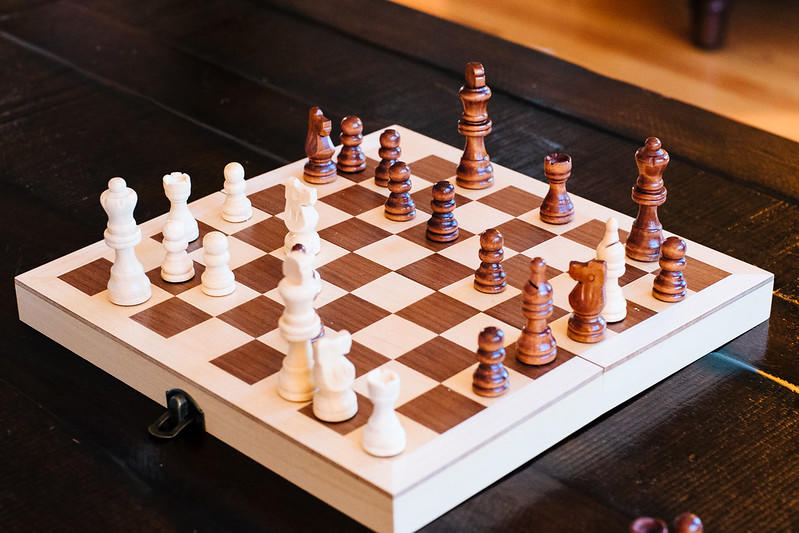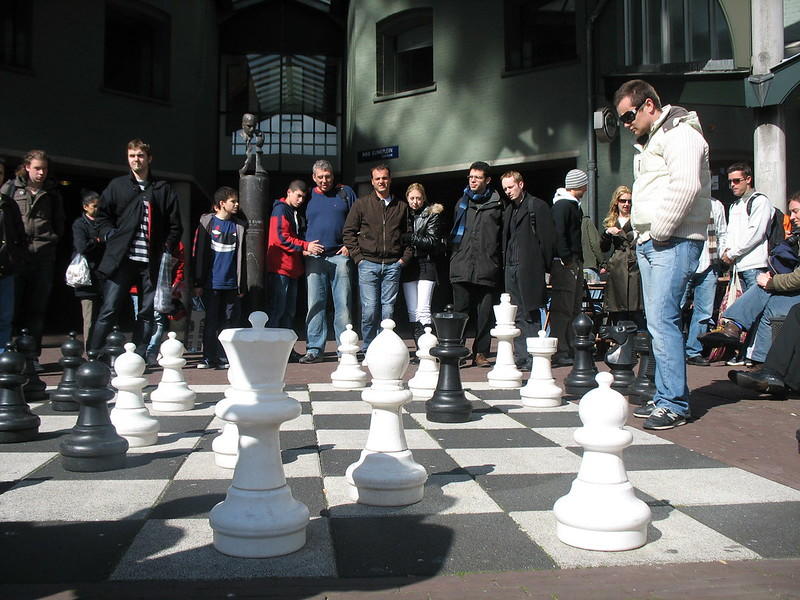There’s no way around it, when it comes to chess, playing second will leave you at a disadvantage. Your moves are relegated to reactions and you may struggle to gain dominance. There are even a few chess players who consider playing black as bad luck and a sign that they will lose the match. But it doesn’t have to be this way and don’t allow that kind of thinking to ruin your game. So what can you do? You can learn to play Sicilian Defense chess so that you can still checkmate your opponents regardless of what side of the board you are on.
In this article, you will find out about the Sicilian defense for beginners and much more.

The Sicilian Defence Origin
In a Sicilian defense opening (1. e4 c5), White automatically claims dominance over the centre of the board by placing the king's pawn on e4. Nothing says that Black has to confront it.
The Sicilian Defense opening has been around for centuries and was first documented in a 1594 manuscript by Giulio Polerio who was an Italian player who loved chess theory. At the time of the Sicilian Defence origin, it was not named as such.
It was only around 220 years later when top English player, Jacob Henry Sarratt called it the Sicilian Game that it began to grow in popularity. Later in the Romantic era, Sicilian Defense chess fell out of favour. Leading players from around the world criticised it as a weak response that is asymmetry. Critics said that while Black rambles along its pawn rank, White develops their pieces. Player, Paul Morphy loathed the Sicilian defense opening so much that he would only compete in chess matches where at least half of the games were characterised by the Scotch Game opening.
In fact, he was not a fan of the Queen’s Gambit or any other queenside opening either. Debate around the Sicilian defence origin continued throughout the 20th century with other famous players like Mason, Capablanca and Tarrasch adding to the criticism.
In a later publication called Modern Chess Openings, the writer countered the critics of the Sicilian defense opening by stating that, when well-played, it could be one of chess’s best defences.
It became known, despite its flaws, as a way for Black to gain victory more than any other opening. So from the time of the Sicilian defence origin until today, the Sicilian defense chess has been a topic for debate.
Today, however, modern chess statistics reveal that Black will win a higher proportion of chess games by responding to 1. e4 with the Sicilian defence, than any other response.
How Sicilian Defense Chess Differs
Contrary to the critics who called it a weak response, the Sicilian defense opening is actually quite combative. At first, it may seem like Black does not know what it wants to do with its pawns and this gives White an early advantage to take control of the centre. The real objective of Black in the true Sicilian defence origin is not to only gain equality, but in fact, the upper hand.
To do that, any opportunity to pawn exchange is stalled. Through advancing the queenside bishop’s pawn, Black will control square d5. This move will give him a degree of control over the centre while ensuring that their pawn is safely distanced. Another distinguishing feature of Sicilian Defense chess is that Black usually develops queenside pieces while White positions take place kingside.
So why do developing pieces on either side of a board lead to combativeness?
Consider the King’s Gambit opening which is a face-off that results in almost immediate capture. Like a good military commander, the aim is to get the fighters in place before the action begins.
If you want to learn the Sicilian Defense for beginners, then there are a few other things to learn too.
Niche Lines and their Importance
A niche line is a lesser-known or surprising response to a standard move.

If you’re learning the Sicilian Defense for beginners, you may know how to read basic chess notation and have some playing experience.
If so, you’ll know that chess openings are made up of certain moves and responses through moving pieces to certain squares. In the Ruy Lopez opening, the algebraic notation is 1. e4 e5 2. Nf3 Nc6 3. Bb5 How Black responds on its third move is a matter of chess theory.
Black can choose to answer using a number of variations, or it can adopt the typical Morphy Defense. In short, chess theory predicts how a chess game is likely to play out when players adopt a certain attack or defense strategy. Niche lines on the other hand are also what is called obscure theory.
Obscure moves have generally been played before but have never made it into mainstream chess theory manuscripts. The reason for this is that they were too risky or counterproductive.
What’s important to know is that regarding the Sicilian defense opening, several grandmasters have used it to great effect.
Sicilian Defense Chess Variations
The Sicilian Defense opening has a very well-developed theory that is complete with variations. In fact, there are two types of games, the Open Sicilian as well as the Closed Sicilian. There are quite a few ways that the Sicilian Defence can steer a game. The four main ones, when playing the Open Sicilian are as follows:


The Classical Variation
- e4 c5 2. Nf3 d6 3. d4 cxd4 4. Nxd4 Nf6 5. Nc3 Nc6.
The distinctive aspect of this particular variation is Black's delay of their kingside bishop. Rather, they advance their queenside knight. Another move that could lead to this variation is: 1. e4 c5 2. Nf3 Nc6 3. d4 cxd4 4, Nxd4 Nf6 5. Nc3 d6. The objective Black has in assuming this variation is to put stress on White's d4 knight while upholding the game's asymmetry.
The Dragon Variation
- e4 c5 2. Nf3 d6 3. d4 cxd4 4. Nxd4 Nf6 5. Nc3 g6.
This sequence is where the kingside against the queenside advancement comes into play. It is considered to be aggressive play. As you can tell in the notation, there are two captures in quick succession, after which Black progresses his g-file pawn to get ready for a fianchetto; a move that will see the kingside bishop ready for action on the chessboard's key diagonal. Note that fianchetto means from Italian to 'side panel' or 'side wall'. That makes it an appropriate description for this strategic move... have you wondered how it would work in the Italian Game?

The Najdorf Variation
- e4 c5 2. Nf3 d6 3. d4 cxd4 4. Nxd4 Nf6 5. Nc3 a6.
The motive behind this sequence is for Black to prepare to move its king's pawn to the centre for the confrontation of an opponent’s e-file pawn. The secondary objective is to control square b5. This variation provides Black with an even greater centre presence and more ways to attack. The Najdorf is the most used Open Sicilian option.
The Scheveningen Variation
'1. e4 c5 2. Nf3 d6 3. d4 cxd4 4. Nxd4 Nf6 5. Nc3 e6
There was a time when this opening was widely criticised because Black wasted time with pawns while White developed all of its pieces. However, the critics overlooked something important and that is the flexibility of Black to use its pawns for innovative attacks.
The Synthesized Sicilian Defence
The Sicilian Defence is one of chess’s top 7 openings and its popularity is growing.
It’s a tactical game that is ferocious and combative. Now, have you heard of the French Defence?















